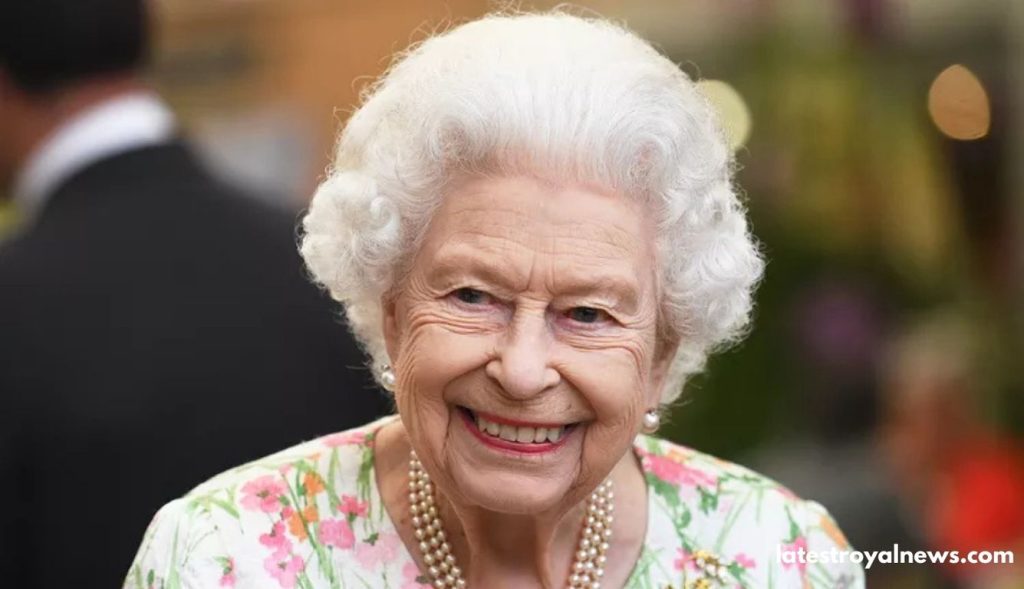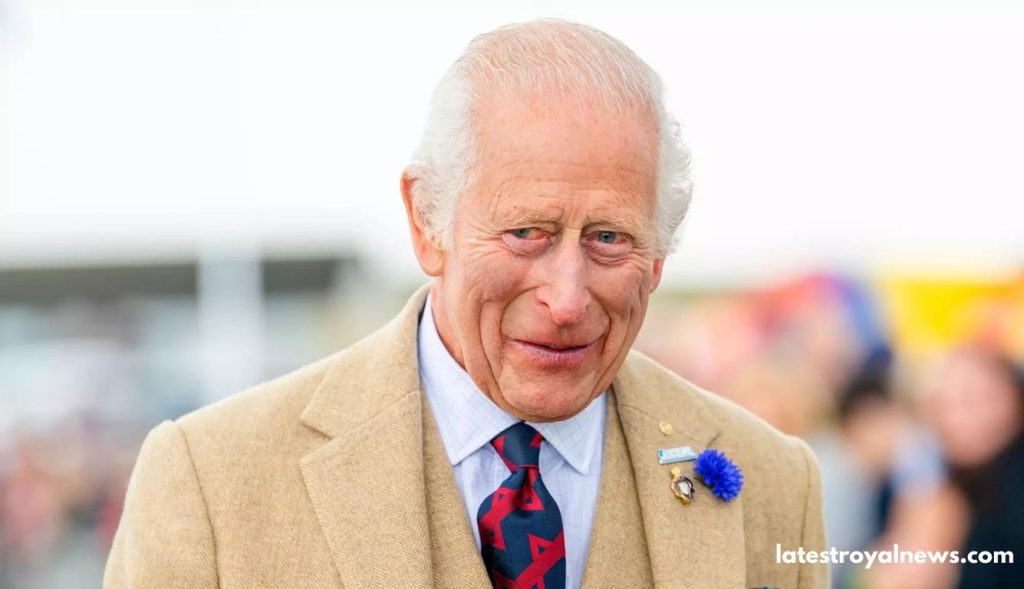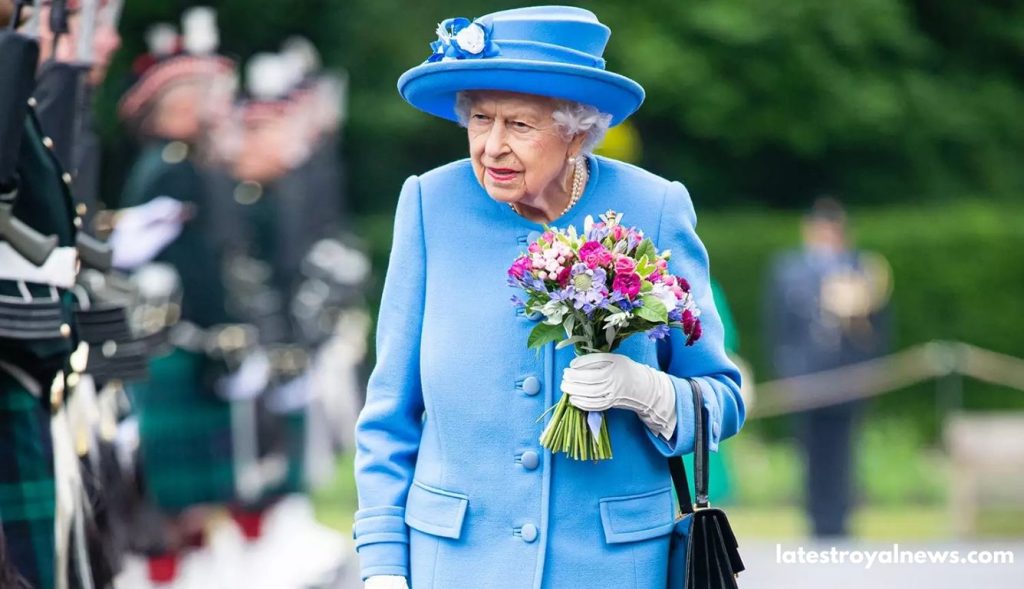The life and legacy of Queen Elizabeth II, who reigned for an unprecedented 70 years, will soon be commemorated through a groundbreaking monument. With an ambitious budget of $57 million, the Queen Elizabeth II Memorial Committee has set out to design a tribute that not only reflects her historic reign but also embraces modern innovation. From its location in St. James’s Park to its potential use of cutting-edge digital technology, the memorial is poised to be as extraordinary as the monarch it honors.
Queen Elizabeth II’s reign was marked by remarkable achievements and profound cultural shifts, making her one of the most celebrated figures in British history. This new memorial seeks to capture the essence of her contributions, blending traditional elements with forward-thinking design. By integrating public and royal perspectives, as well as exploring the potential of digital advancements, the committee aims to create a tribute that resonates with both historical significance and future generations.
A Monument to Match an Unparalleled Reign
Queen Elizabeth II served as the steadfast anchor of the United Kingdom and the Commonwealth from 1952 until her death on September 8, 2022. Her reign was marked by significant global transformations, technological advancements, and an enduring sense of duty and grace. The forthcoming memorial aims to encapsulate these attributes in a way that does justice to her stature and legacy.
Baroness Valerie Amos, a member of the memorial committee, emphasized the importance of creating a tribute that is both timeless and future-forward. “We want a memorial that is beautiful, that speaks to that legacy, but is also fit for the future,” she stated. This dual focus underscores the committee’s intent to create something that resonates with both history and modernity.
A Monument Powered by Public and Royal Input
The Queen Elizabeth II Memorial Committee, chaired by Lord Robin Janvrin, the late Queen’s former private secretary, has spent the past 18 months gathering insights from the public across the United Kingdom. This effort ensures the final design reflects the collective admiration and respect for the Queen’s unparalleled contributions.
In addition to public consultation, the committee will collaborate with King Charles III and other senior members of the royal family. This inclusive approach is designed to produce a monument that aligns with both public sentiment and royal perspectives.
Exploring the Role of Digital Technology
One of the most intriguing aspects of the memorial is the potential integration of digital technology. As Alex Holmes, deputy chief executive of The Diana Award and a committee member, noted, “Nothing is off the table.” The committee is exploring innovations like artificial intelligence (AI) and augmented reality (AR) to enhance the visitor experience.
Digital technology could revolutionize traditional memorial designs, making it possible for visitors to interact with Queen Elizabeth’s legacy in ways never before imagined. Whether through interactive exhibits, virtual reality tours, or AI-guided narratives, the inclusion of digital elements could make the memorial a beacon of technological ingenuity.
Design Principles: Beauty, Legacy, and Innovation
While the exact design of the memorial remains undecided, the committee has outlined key principles to guide artists and designers. The goal is to create a tribute that is not only visually stunning but also deeply reflective of Queen Elizabeth’s life and contributions.
Anna Keay, a historian and committee member, highlighted the importance of aligning the design with the Queen’s stature. “We’re really thinking about what’s going to best do justice to the subject matter, to the age, to the contribution that she made,” she said. This approach ensures the monument will be a fitting representation of her enduring legacy.
You may also like:
Prince William’s Modern Leadership: Transforming the Historic Duchy of Cornwall
Vicars’ Close: Preserving a Medieval Gem at the Heart of Wells
Royal Family Member Injured Ahead of Pre-Christmas Lunch at Buckingham Palace
A Historic Unveiling on a Milestone Birthday
The memorial is set to be unveiled on April 21, 2026, coinciding with what would have been Queen Elizabeth’s 100th birthday. This significant date adds an extra layer of meaning to the tribute, celebrating not only her reign but also her centennial milestone.
The unveiling will mark a new chapter in commemorating British monarchs. It will join iconic landmarks like the Queen Victoria Memorial outside Buckingham Palace, the Albert Memorial in Kensington Gardens, and statues of King George VI and the Queen Mother. These historic tributes serve as a reminder of the enduring impact of the British monarchy, and the new memorial aims to continue this tradition in a forward-thinking way.
Drawing Inspiration from Royal Precedents
Throughout history, royal memorials have been grand, symbolic, and deeply meaningful. From the bronze sculpture of King George VI on The Mall to the Queen Victoria Memorial, each tribute has reflected the era and the values of the monarch it honors.
The Queen Elizabeth II memorial seeks to build upon this legacy while introducing elements that resonate with contemporary audiences. By incorporating digital technology and interactive features, it aims to set a new standard for commemorative monuments.

Balancing Tradition and Modernity
One of the key challenges for the committee is balancing traditional design elements with modern innovations. While the monument will likely avoid overly avant-garde styles, such as a minimalist “metal spike,” it will embrace a broad range of design possibilities. The inclusion of digital components, for example, represents a bold step into the future while honoring the Queen’s legacy.
King Charles III’s broader taste in design also plays a role in shaping the project. Known for his appreciation of architecture and the arts, the King’s input will help ensure the memorial reflects both the monarchy’s heritage and its evolving role in modern society.

A Vision for the Future
As the world looks ahead to the unveiling of this historic monument, the Queen Elizabeth II Memorial Committee remains committed to creating a tribute that honors her life and reign in every possible way. By combining public input, royal guidance, and cutting-edge technology, the memorial aims to stand as a testament to her remarkable legacy.
The integration of digital technology, in particular, could redefine how people interact with and understand memorials. From immersive storytelling to AI-driven insights, the possibilities are as vast as the Queen’s impact on the world.

Frequently Asked Questions
What is the purpose of the Queen Elizabeth II memorial?
The memorial aims to honor Queen Elizabeth II’s historic 70-year reign and her contributions to the UK and Commonwealth.
Where will the memorial be located?
The memorial will be situated in St. James’s Park, a prominent and historic location in London.
When will the memorial be unveiled?
The unveiling is scheduled for April 21, 2026, on what would have been Queen Elizabeth II’s 100th birthday.
What is the budget for the memorial?
The project has an ambitious budget of $57 million.
Who is designing the memorial?
The final design has not yet been chosen, but it will be created based on input from the public, royal family, and expert designers.
Will digital technology be part of the memorial?
Yes, the committee is exploring innovations like augmented reality and artificial intelligence to enhance the visitor experience.
How is public input being included in the process?
The committee has gathered insights from the public across the UK to ensure the memorial reflects collective admiration and respect.
Who is leading the memorial committee?
The committee is chaired by Lord Robin Janvrin, the late Queen’s former private secretary.
Conclusion
The forthcoming memorial honoring Queen Elizabeth II is poised to be a groundbreaking tribute that reflects the depth and breadth of her legacy. With a substantial budget, an inclusive design process, and a willingness to embrace innovation, the Queen Elizabeth II memorial will stand as a beacon of inspiration for generations to come.
As April 21, 2026, approaches, anticipation continues to build for this monumental tribute. Just as Queen Elizabeth II’s reign left an indelible mark on history, her memorial promises to do the same, ensuring her legacy endures for centuries to come.


